Pay-Per-Click Advertising in Digital Marketing: The Complete Guide
In the fast-changing world of digital marketing, one strategy stands out for delivering instant results: Pay-Per-Click advertising (PPC advertising). While SEO (Search Engine Optimization) and content marketing focus on organic growth, PPC advertising in digital marketing provides immediate visibility, guaranteed traffic, and highly targeted leads.
Businesses of all sizes—from small startups to large corporations—use PPC advertising as a vital part of their digital marketing strategy. Whether you’re running Google Ads, Facebook Ads, Instagram Ads, LinkedIn Ads, or YouTube Ads, Pay-Per-Click advertising is the fastest way to put your brand in front of potential customers.
This guide will explore everything you need to know about PPC advertising in digital marketing, including strategies, benefits, tools, and best practices to rank on Google and maximize ROI.
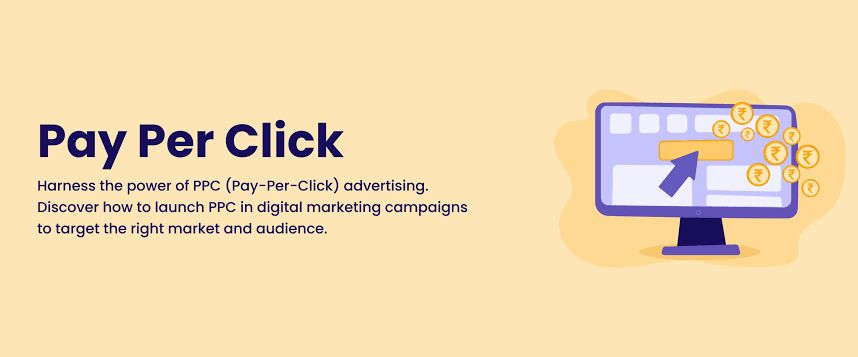
What is Pay-Per-Click Advertising in Digital Marketing?
Pay-Per-Click advertising (PPC advertising) is a digital marketing strategy where advertisers pay a fee each time someone clicks on their ad. Instead of earning traffic organically through SEO, you buy visits through platforms like Google Ads and social media advertising.
Examples of PPC advertising platforms include:
• Google Ads (Search Ads, Display Ads, Shopping Ads)
• Facebook Ads
• Instagram Ads
• LinkedIn Ads
• YouTube Ads
• Bing Ads
This makes PPC advertising in digital marketing one of the most effective ways to get targeted traffic, generate leads, and boost sales.
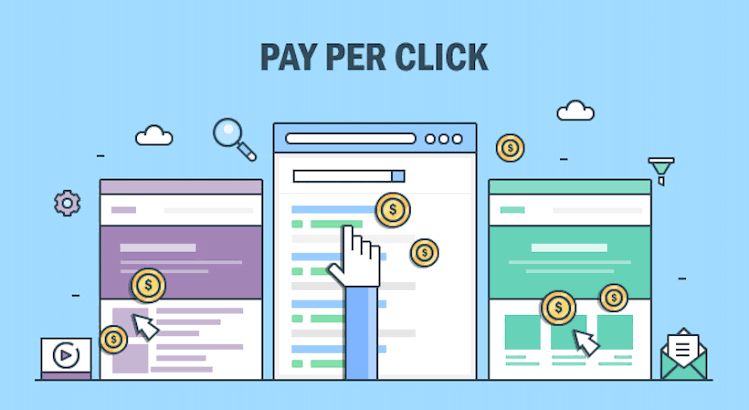
Why PPC Advertising is Important in Digital Marketing
1. Instant Visibility on Google – Unlike SEO, which takes months, PPC advertising puts your business at the top of Google search results instantly.
2. Highly Targeted Ads – With PPC advertising campaigns, you can target users by location, demographics, interests, and even buying behavior.
3. Budget Control – In digital marketing, PPC campaigns give full control over ad spend—you only pay when someone clicks your ad.
4. Measurable ROI – Tools like Google Analytics and Google Ads Manager allow you to track every impression, click, and conversion.
5. Supports Other Digital Marketing Strategies – PPC advertising complements SEO, social media marketing, and content marketing, creating a full-funnel digital marketing strategy.
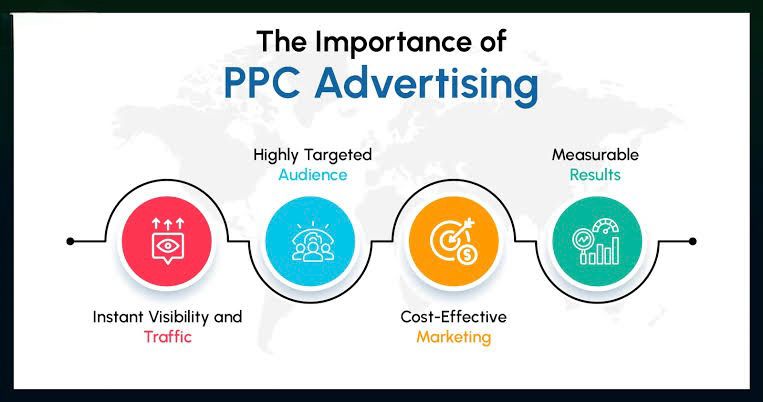
Types of Pay-Per-Click Advertising in Digital Marketing
- Search Ads
Search ads are text-based ads that appear at the top of Google search results when users search for specific keywords. These are the most common form of PPC advertising in digital marketing.
- Display Ads
Display ads are banner-style ads that appear across websites in Google’s Display Network. They help with brand visibility and retargeting.
- Shopping Ads
Google Shopping Ads show product images, prices, and descriptions at the top of search results, making them perfect for e-commerce businesses.
- Video Ads
Platforms like YouTube Ads allow businesses to run video campaigns to capture attention. Video PPC advertising is growing fast in digital marketing.
- Social Media Ads
Facebook Ads, Instagram Ads, TikTok Ads, and LinkedIn Ads allow businesses to run paid campaigns targeting highly specific audiences.
⸻
PPC Advertising vs. SEO in Digital Marketing
• SEO in digital marketing is a long-term strategy focused on organic traffic.
• PPC advertising in digital marketing delivers instant traffic and visibility.
• The best digital marketing strategy combines SEO and PPC for maximum results.
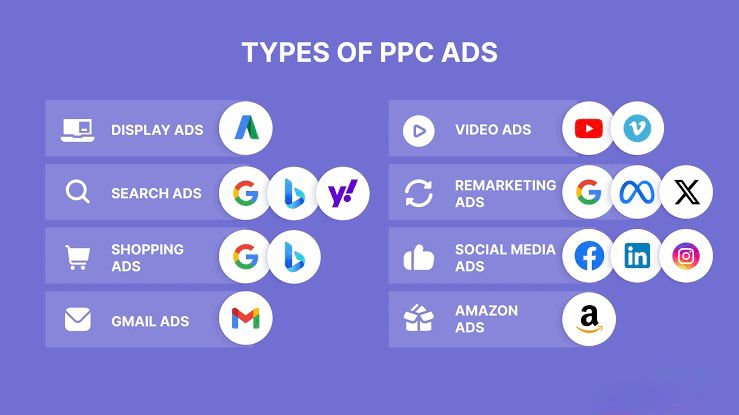
How PPC Advertising Works in Digital Marketing
1. Keyword Research – Using tools like Google Keyword Planner, SEMrush, or Ahrefs to find the best keywords.
2. Ad Creation – Writing compelling ad copy with digital marketing keywords.
3. Targeting – Defining audience demographics, interests, and location.
4. Bidding – Setting a maximum cost-per-click (CPC).
5. Landing Page Optimization – Directing clicks to a page optimized for conversions.
6. Tracking & Analytics – Monitoring ad performance with Google Analytics.
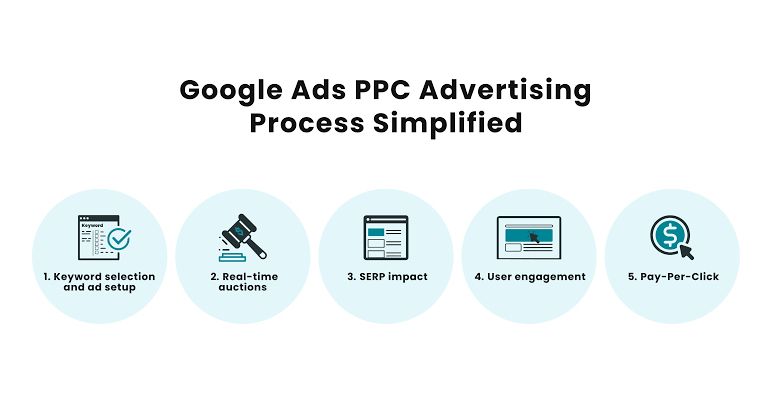
Benefits of PPC Advertising in Digital Marketing
• Fast Results – Immediate visibility on Google.
• Scalable Campaigns – Increase or decrease budget based on performance.
• Targeted Reach – Ads appear to the right audience at the right time.
• Brand Exposure – Even if users don’t click, your brand gets visibility.
• Better Conversions – High-intent users are more likely to buy.
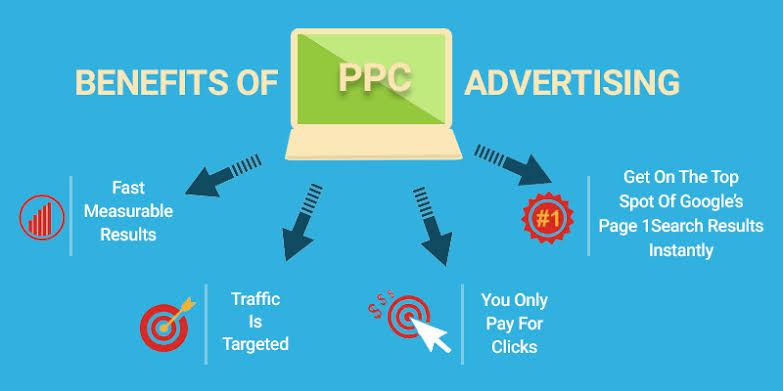
PPC Advertising Tools in Digital Marketing
• Google Ads – The #1 PPC platform.
• Facebook Ads Manager – For social media PPC advertising.
• SEMrush PPC Toolkit – For keyword and competitor research.
• SpyFu – To analyze competitor PPC campaigns.
• Google Analytics – For tracking conversions.
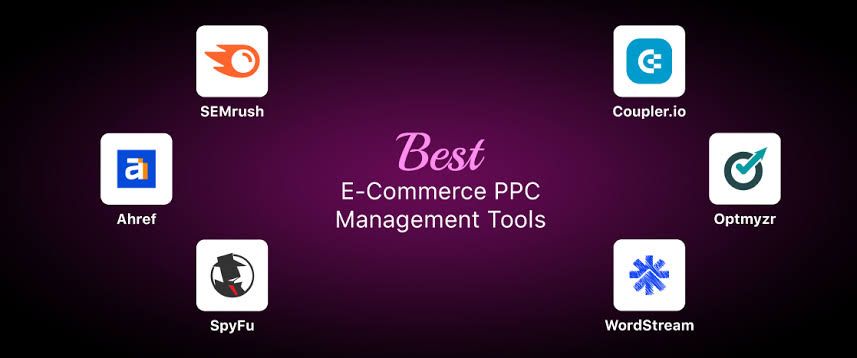
Future of PPC Advertising in Digital Marketing
The future of PPC advertising will be shaped by:
• AI-driven PPC campaigns
• Voice search optimization
• Video-first PPC advertising
• Smart bidding strategies
• Automation in ad targeting
Businesses that stay ahead with PPC advertising strategies will dominate the future of digital marketing.
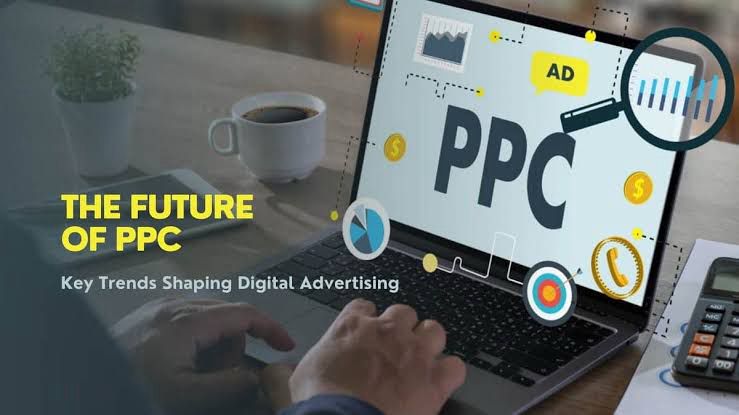
Conclusion
Pay-Per-Click advertising in digital marketing is one of the most powerful ways to achieve instant visibility, drive targeted traffic, and maximize ROI. Whether you’re running Google Ads, Facebook Ads, Instagram Ads, or YouTube Ads, a strong PPC advertising strategy can transform your business.
When combined with SEO, content marketing, and social media marketing, PPC advertising becomes the engine of a successful digital marketing campaign.
If you want to grow your business online, generate more leads, and rank higher on Google, start investing in PPC advertising in digital marketing today.
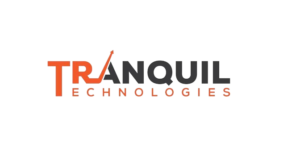
Leave a Reply
Want to join the discussion?Feel free to contribute!